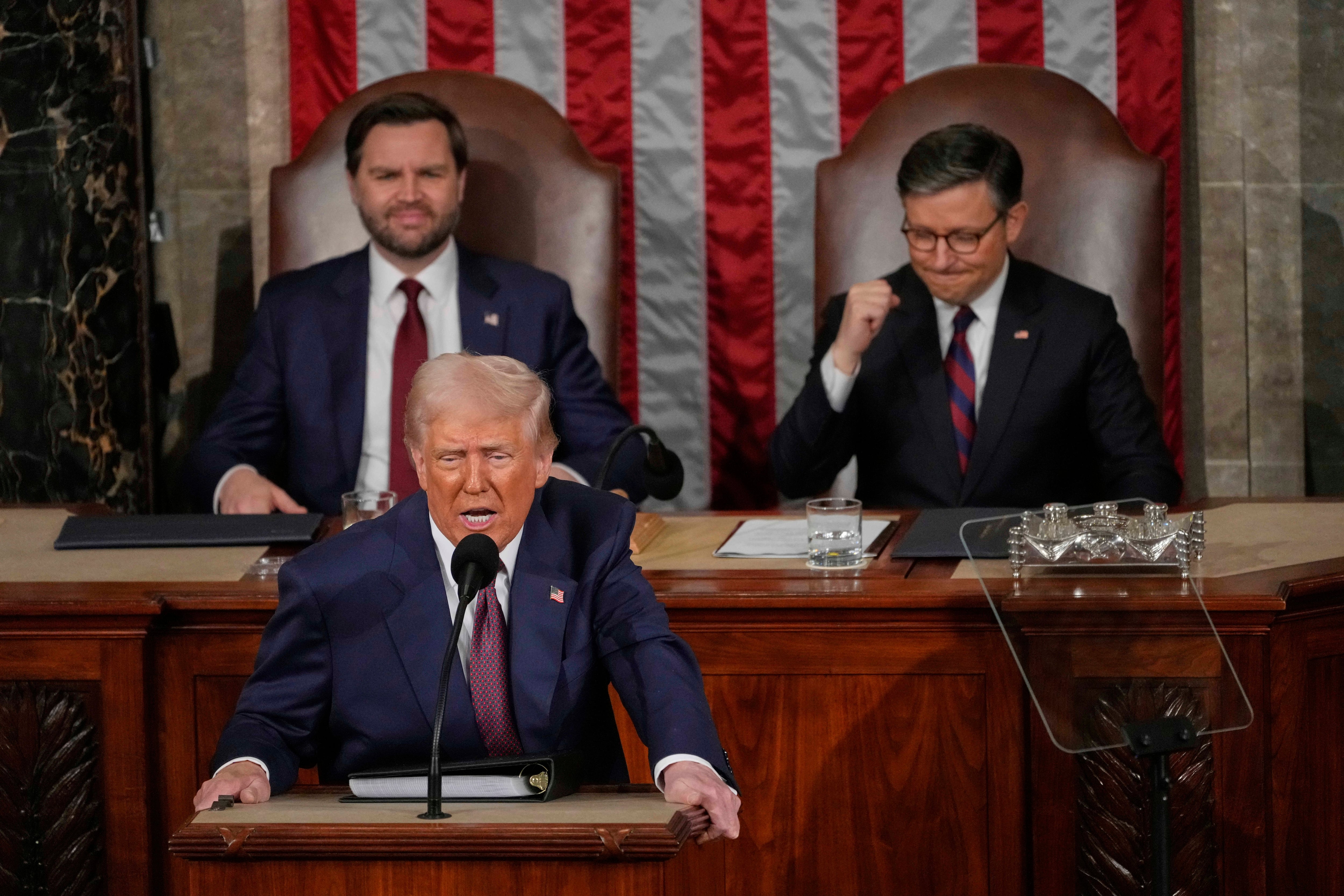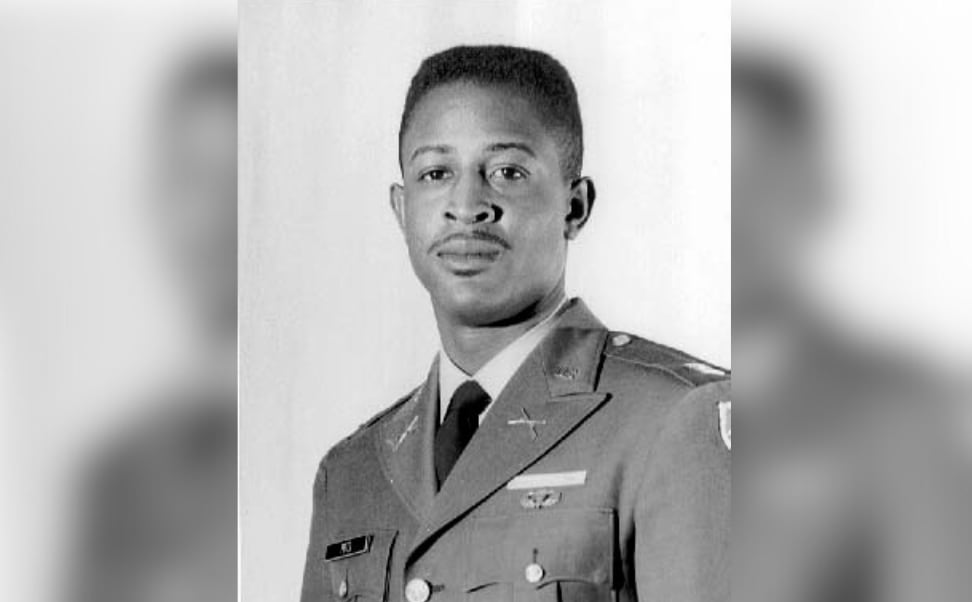Burned out with sea duty after your first tour? Yep, there's a track for that.
Surface bossesBeing billed as the biggest changes to the surface warfare officer career path in decades, Surface Warfare Officer Community Manager Capt. Brad Cooper announced the creation of five new career paths for surface warfare officers in a move to increase career flexibility and retain more black shoes. tracks that SWOs can take, as they progress towards command screening.
One track allows an officers to get a graduate education and postpone their second division officer tour. The tracks include one option that would, for the first time, give SWOs the opportunity to get a graduate education after their first division officer tour.
Billed as the biggest changes to the rigid SWO career path in decades, the plan developed over the past few months, are designed to gives SWOs some choices as they trod the path without sacrificing sea time.
"We remain true to our values," Capt. Brad Cooper, the SWO community manager, said in a July 14 interview with Navy Times. "People still achieve the same things, and it's on the individuals' shoulders to decide what's best for them and their families."
The changes to the SWO career path might also mean big bucks for top performers. SWO officials have asked for requested the authority to pay a $105,000 bonus to those SWOs who screen for department head at their first look, Cooper said, provided they officer commits to serving two department head tours or roughly five years.
The proposed new department head bonuses for the extra commitment would be tiered, with a second look pulling $95,000 and third look taking in $85,000, Cooper said.
Additionally, the community is proposing to stop managing officers through year groups, that would eliminate management of the officer force through year groups, and would instead focus on performance as the main determining factor for promotion advancement. That could shatter the rigid SWO track that generations of officers have trodtunneled through, but could complicate the process of comparing those from different tracks for promotion selection.
Another move allows They are also proposing that would allow underperformersing officers to stay at their current rank a little longer to give them time allow them room to blossom.
Cooper said the changes arewere intended to improve the SWO branch, among the Navy's largest officer communities, and respond to calls for more flexible and agile career paths by leaders like Defense Secretary Ash Carter and Navy Secretary Ray Mabus.
Cooper said the health of the SWO community was strong, and that the changes were about bringing the community to the next level. It was also a response to public speeches made by Navy Secretary Ray Mabus and Defense Secretary Ash Carter, who have both called for a more flexible and agile career path for top talent, as well as work going on inside the Chief of Naval Personnel under Vice Adm. Bill Moran's administration.
"Surface Warfare is leading the way on this," Cooper said. "We are the first to bring all the concepts and ideas and turn this into an actual plan."
Five tracks
The plan, which was rolled out at the Surface Navy Association West Coast Symposium on July 16, actually creates three new tracks, leaving the traditional track and the nuke SWO tracks in place.
The traditional track for a young ensign fresh out of commissioning goes thusly: Basic Division Officer Course, followed by the first division officer tour; another round of training then second DIVO tour; a shore tour; and department head school then department head, followed by either early command, for the front runners, or a second department head tour.
Cooper and company believe that if you give junior SWOs more options, they will be more likely to want to stay Navy, increasing competition up and down the ranks.
Cooper said tThe tried and true SWO track is sticking around, Cooper said, but it will be an added to that track will be the "accelerated warfighter track," that offers one prolonged division officer tour followed by a coveted slot at a weapons tactics instructor school.
Weapons tactics instructors are experts trained at the Naval Surface and Mine Warfighting Development Center in fields such as anti-air warfare or mine hunting, and they are sent back to the fleet to train crews — much like the aviation's "Top Gun" model.
After their WTI tour, SWOs on this track can go to grad school or an industry tour before the department head tour.
The third track is the shipboard readiness track, which looks very similar to the traditional track, only the shore tour focuses on training and teaching at places such as the Naval Academy, Surface Warfare Officers School or the Basic Division Officer Course, according to a fact sheet provided by Surface Forces.
The fourth track, and perhaps most revolutionary, is the "accelerated skillset development" track that basically switches the second division officer tour with the shore tour, and would allow officers who have been in the Navy less than three years to pursue graduate education.
While it may seem strange to take a hot-running division officer off of sea duty and send him or her them to school, Cooper insisted the track wais designed to invest in top talent — not to give mediocre DIVOs a breather.
"We're sending superstars into this program," Cooper said. "The first officer selected for this is the number one division officer on [the destroyer] Stockdale."
The fifth track, the nuke track, will see a few tweaks, including a first DIVO tour trimmed from 28 to 24 months, and opportunities to participate in some of the other opportunities from the other tracks.
The tracks also build on other initiatives announced in recent days, including SECNAV's industry internships, that will send JOs to Fortune 500 companies seek to put officers to work in private sector companies during their shore tour, and opens up opportunities to use the career intermission program.
For example, the accelerated skillset track allows offers the option to take a go on a career break at around the nine-year mark after the first department head tour, or earlier if they've elected for the long DIVO tour. if the SWO chooses to do a single long DIVO tour, they can take their break before department head school.
Unhappy SWOs
Keeping junior SWOs in the Navy has long bedeviled leadership, and survey after survey has shown that junior officers tend to be the most dissatisfied with the career field.
A 2013 survey of SWOs found that JOos were less likely to see their work as valuable to the Navy and less likely to be satisfied with their perceived value to their command.
SWOs have consistently listed micromanagement, too many inspections and strain on family as reasons they are dissatisfied.
A few parts of the programs in the SWO overhaul announced by Cooper aims squarely at addressing those complaints, including the career intermission program, which allows sailors to take up to three years off. (The commitment is two months for every one month off.) Navy personnel to take a sabbatical which will pay the Navy back with two months for every one month off, for up to three years.
It's been billed by the Navy as a chance to start a family or pursue education outside of the Navy pipeline, and return refreshed and ready to serve.
Additionally, Cooper said the changes renews and expands his community's commitment to co-locating military spouses, another major source of dissatisfaction among SWOs.
Cooper acknowledged that there would be some skepticism but said that leadership buy-in makes this is the right time to loosen up the notoriously rigid SWO career track. Top performingSWOs with more choices, he said, will ultimately benefit the Navy.
"Talented people who are empowered with choices serve their community well," he said.
David B. Larter was the naval warfare reporter for Defense News.




